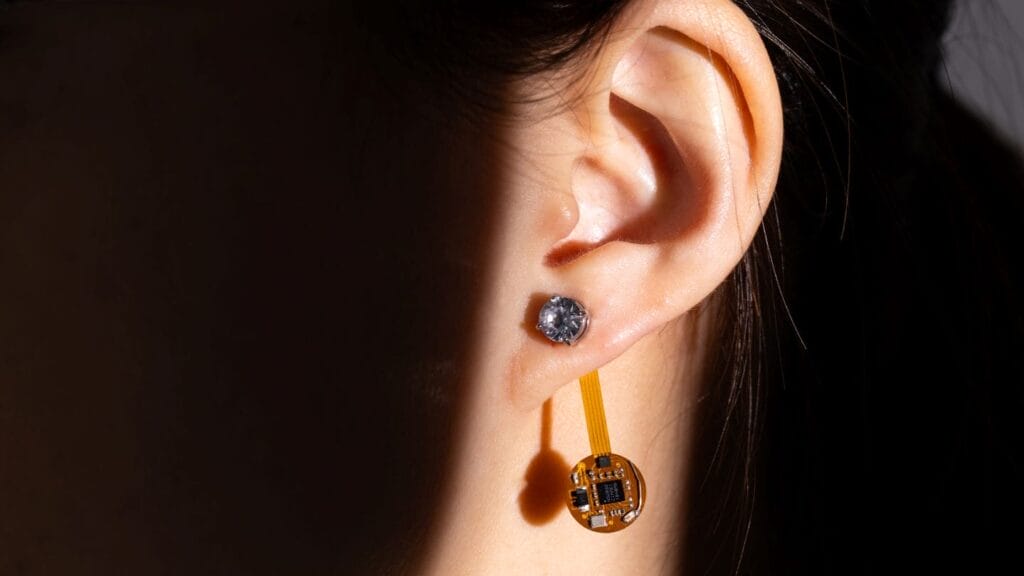

“Diamonds are a girl’s best friend,” Carol Channing sang 75 years ago. One might confuse this sentiment as a statement of superficial vanity, but with new technology, “smart” jewelry could help save an older adult wearer’s life.
New wireless wearable tech, similar to what goes into a smartwatch, has been adapted for a new “thermal earring” that continually monitors the wearer’s earlobe temperature.
“Body temperature is an important vital sign, which can indicate fever and is known to be correlated with activities such as eating, exercise and stress,” study authors wrote. “However, continuous temperature monitoring poses a significant challenge.”
The embedded sensor is sophisticated enough to tell the difference between changes in body temperature and ambient temperature, and was able to outperform a smartwatch in its reading accuracy, the researchers noted.
Such wearable sensor technology could add to the growing list of monitoring tools that caregivers for older adults have to help ensure continued health. Within senior living communities and nursing homes, passive monitoring has contributed to avoiding health emergencies such as falls or heart attacks.
The latter also could be aided by jewelry, the earring researchers said, noting that the same technology could be placed in a necklace to serve as an electrocardiogram monitor.
Although wearable sensors could benefit seniors of any gender, one recent study recommends that some devices, particularly for fitness, should have special calibrations to tailor to senior women’s broad lifestyle routines, the McKnight’s Tech Daily reported last week.
Other smartwear that could be of interest to senior women include a bra patch with ultrasound capabilities that can detect early-stage breast cancer; a prototype for that tool was developed over the summer.
The research, which was conducted out of the University of Washington, was published last month in the journal Proceedings of the ACM on Interactive, Mobile, Wearable and Ubiquitous Technologies.


